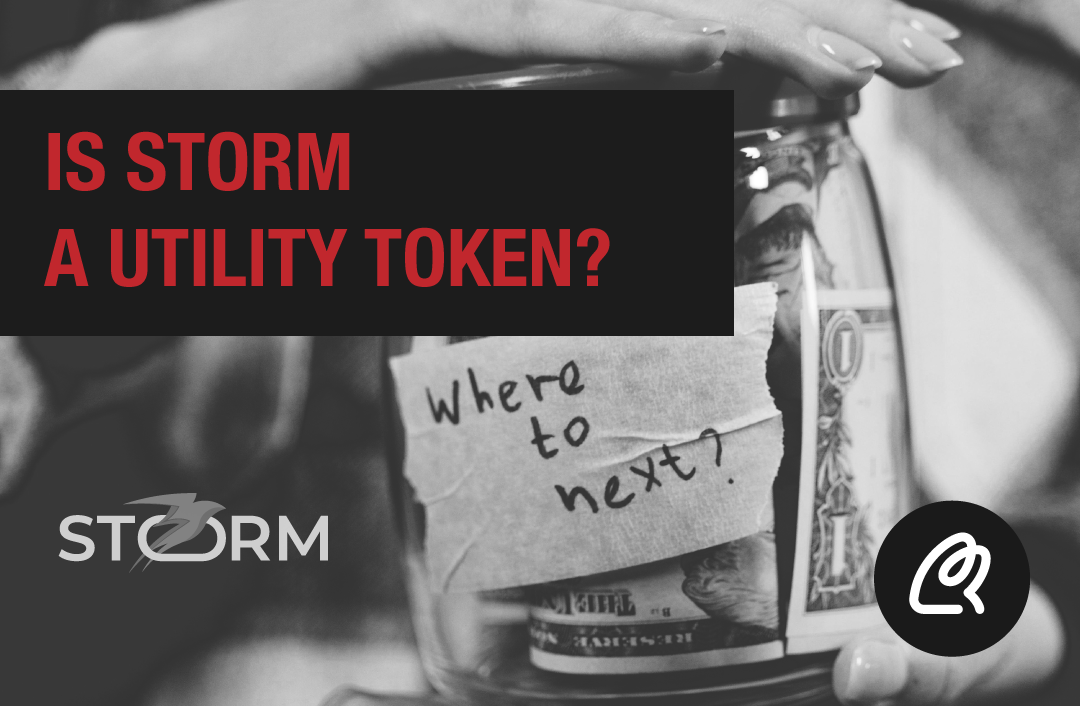
The reality behind STORM tokens' utility
Several platforms have recently launched trading for STORM tokens, the native tokens of the Storm Trade exchange. The exchange looks very promising, and the tokens are being marketed as utility tokens.
Typically, exchange utility tokens are considered reliable investment tools. The term “utility” suggests that the tokens have actual use cases. For example:
- Using tokens for fee payments to get discounts on trading fees (like on KuCoin);
- Holding a certain amount of tokens in your exchange account to receive other assets through launchpools and launchpads, either for free or at the initial offering price (like on Binance);
- Staking tokens to earn a share of the exchange’s profits (like on ViteX).
Attractive use cases drive demand for exchange tokens.
But what is the utility of STORM tokens? There are no fee discounts. No launchpools. There’s supposedly a profit-sharing mechanism, but the payouts are in STORM tokens themselves. The exchange collects fees in USDT, TON, and NOT, yet plans to distribute profits in its own token instead. This is not really a share of the profits – it's more like “monopoly money.”
You can also hold STORM tokens and get rewarded, but again, the rewards are in the same tokens.
- So why should I buy these tokens?
- To get more of these tokens.
- And why do I need more of these tokens?
- To sell them to someone else and get real money.
- But why would anyone buy them from me?
And here we go in circles, because there’s no real utility behind these tokens.
Meanwhile, you can always swap exchange tokens with real utility (BNB, BGB, KCS, and others) at rabbit.io.













